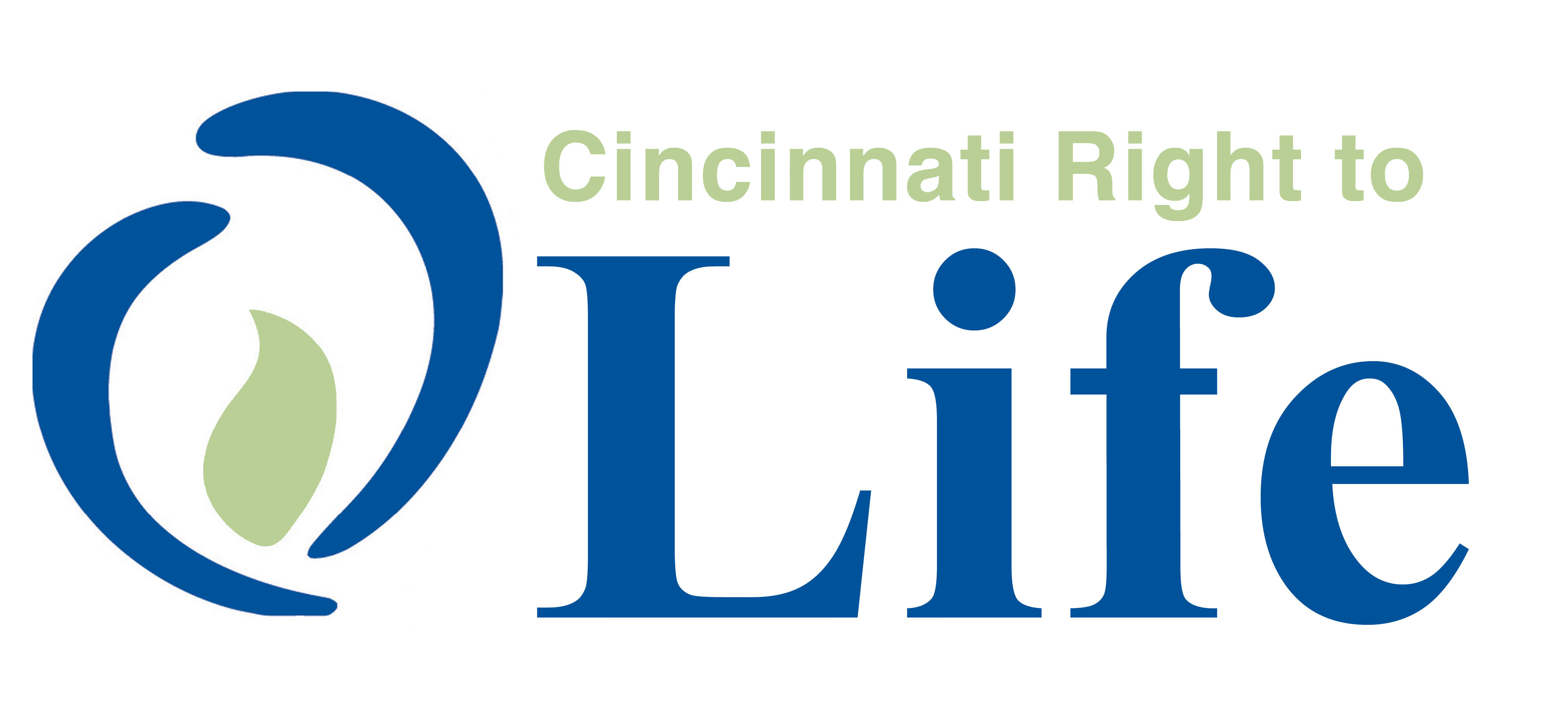Euthanasia is an act or omission of an act that directly and intentionally causes the death of a person, often someone who is medically vulnerable. Proponents of euthanasia argue this is a compassionate act because it ends someone's suffering. In reality, it is the murder of an innocent person.
There is a difference between euthanasia and assisted suicide. If a third party performs the last act intentionally (i.e. administers a lethal injection), the act would be considered euthanasia. On the other hand, if the patient performs the last act himself (i.e. swallows a pill provided by a doctor), this would be considered assisted suicide.
There is a growing movement worldwide towards adopting euthanasia as a legal practice. Euthanasia, just as assisted suicide, involves one person facilitating the death of another. As such, legalizing it opens the door for severe abuse of patients and an overall lower standard of care. This shift in the mindset of the culture has already led to abuses. Even things like feeding tubes are now considered medical treatment, meaning they can be withdrawn for almost any reason. One of the most famous cases of euthanasia is Terri Schiavo's. Terri had a brain injury and was on a feeding tube. In 2005, a judge ruled that Terri could be starved and dehydrated to death. You can read about Terri's story here.
Unfortunately, the effort to legalize euthanasia and assisted suicide deceives the public by promoting these acts as compassionate. As the Patients Rights Council astutely states, "Euthanasia and assisted suicide activists often use euphemisms like "deliverance," "death with dignity," "aid-in-dying" and "gentle landing." If a change in public policy has to be promoted with euphemisms, doesn't this make it clear that the use of accurate, descriptive language makes the chilling reality too obvious?"
